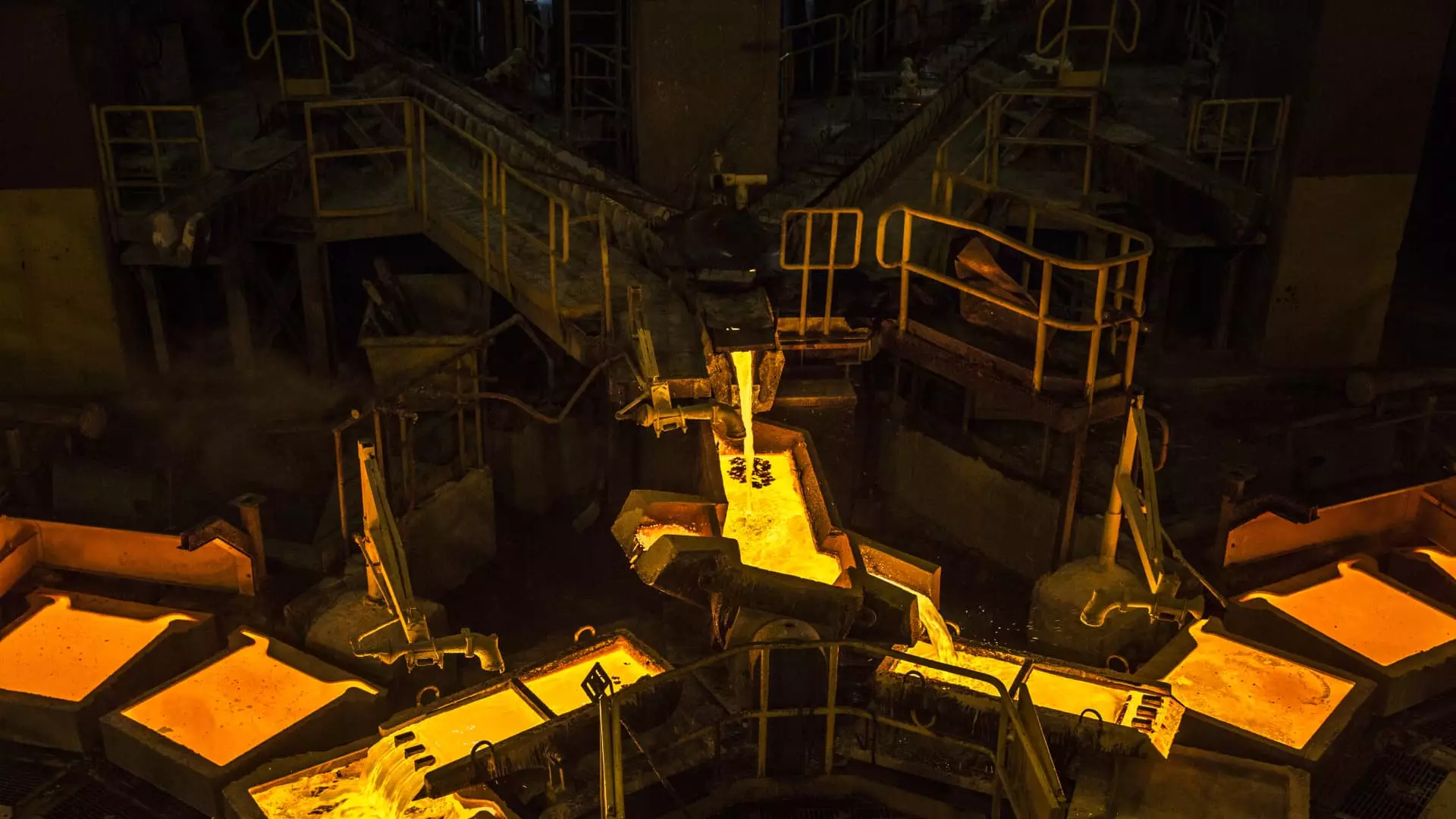Peru’s financial market has recently witnessed a remarkable transformation as foreign investors re-evaluate their stance on the nation’s sovereign bonds. In the wake of years of political turbulence, the current landscape showcases a burgeoning appetite for Peruvian debt instruments, with foreign investors now securing a substantial 39% of the country’s sovereign bond market. This significant uptick in investment levels indicates a reinvigorated confidence in Peru’s economic stability and growth potential, presenting a double-edged sword of opportunity and caution for investors keen to navigate this evolving scenario.
The past few years have been characterized by a cloud of political uncertainty, with frequent calls for government changes and questions surrounding fiscal governance. Amidst this backdrop, the recent relative calm has been a beacon for international investors, who are often skittish amid political strife. For instance, President Dina Boluarte faced scrutiny and allegations of corruption, prompting discussions around her potential impeachment. Although these calls have subsided, the ongoing deadlock between her administration and Congress highlights a broader issue of governance that could impact future investor confidence.
However, as Pramol Dhawan from Pimco notes, Peru appears to be “ahead of the game,” recognizing the necessity to assure international investors of favorable returns on domestic financial assets. The conscious effort to align with global investor interests underscores a strategic pivot that could elevate Peru’s standing in the global market while institutions work to navigate the political waters delicately.
Credit Ratings and Economic Indicators: The Bright Spots
Peru’s credit rating from Moody’s, currently sitting at Baa1, reflects a moderate stability that resonates positively with international stakeholders. When juxtaposed with its Latin American counterparts, Peru’s low debt-to-GDP ratio stands out; at approximately 33%, it significantly trails behind Brazil’s 86.7% and Chile’s 40.5%. This metric serves as a barometer not only of fiscal prudence but also of potential resilience, marking it as an attractive destination for sovereign bond investments. Furthermore, the Central Reserve Bank of Peru’s strategic decision to reduce interest rates to 5.25% further solidifies the nation’s position as an appealing market within the region.
The steep yield curve that Peru offers draws another layer of interest, particularly as many developed markets grapple with inverted yields. The high real yields correlate with tangible upside potential for local Peruvian bonds as the global interest rate environment continues to evolve. This scenario is augmented by the anticipated cuts from the Federal Reserve, which could favorably position Peruvian bonds as a lucrative investment opportunity.
Political Dysfunction: A Paradox of Opportunity
Interestingly, the political gridlock within Congress, often viewed as a hindrance in effective governance, might inadvertently be contributing to a more favorable fiscal landscape for Peru. Austerweil from VanEck acknowledges that the absence of a robust executive branch has paradoxically led to improved outcomes in fixed income securities, highlighting how the status quo can sometimes provide unexpected advantages in the financial realm. This underscores the complexity of investment decisions in environments where political dysfunction could be perceived as both a threat and an unexpected ally.
Contrastingly, the Peruvian equities environment presents a more ambiguous picture. While the MSCI Peru Index has shown a commendable rally of over 24% in 2024 alone, the underlying volatility of the commodities market—the backbone of Peru’s economy—remains a significant risk factor. With mining companies spearheading market capitalization in the region, fluctuations in global commodity prices can sway the stock market rapidly.
Encouragingly, recent increases in copper prices paired with China’s economic stimulus have provided a short-term boost to the equity markets. Nevertheless, analysts like Dhawan warn that sustainable growth and long-term equity success hinge on achieving a functional political system, presenting a challenge as the interplay of politics, economics, and commodity cycles shapes the investment narrative.
The current momentum in Peru’s sovereign bond market reflects a cautious optimism among investors, driven largely by stabilizing fiscal metrics and a recalibrated approach to engaging with international investment dynamics. Yet, the juxtaposition with equities serves as a stark reminder of the inherent complexities and cyclical risks present in emerging markets like Peru. As the nation balances the intricacies of governance and economic appeal, investors must remain vigilant, weighing the evolving political landscape against potential opportunities in both fixed income and equities. The coming months will be critical in determining whether Peru can sustain its newfound allure or if political instability will once again impede its financial narrative.

